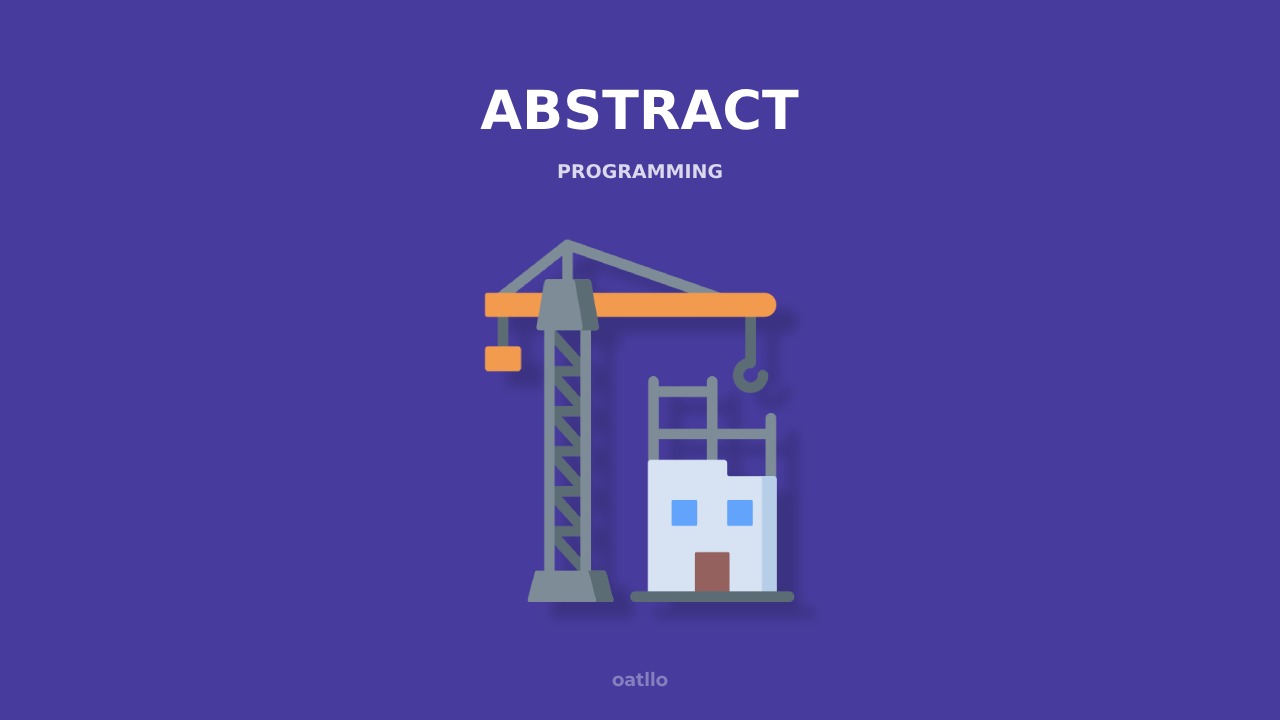Understanding PHP Interfaces
The concept of interfaces in PHP plays a crucial role in object-oriented programming. An interface allows you to define a contract for classes, which can implement the interface's methods without determining how those methods will be executed. This is particularly useful for creating flexible and maintainable code structures.
Benefits of Using PHP Interfaces
Using PHP interfaces enhances code reusability and promotes a clean architecture. When you create interfaces, you ensure that classes that implement them adhere to the specified method signatures, making your application more robust and less prone to errors. This leads to better software design and allows developers to easily extend functionality without affecting existing code.
How to Implement PHP Interfaces
Implementing an interface in PHP is straightforward. You define an interface using the interface keyword and then implement it in a class using the implements keyword. This guarantees that the class will define all the methods declared in the interface, allowing you to create polymorphic behavior.
Common Use Cases for PHP Interfaces
PHP interfaces are commonly used in various scenarios such as defining APIs, creating service contracts, and establishing a common ground for different classes to work together. They enable you to create a more structured and cohesive codebase, which is essential for large-scale applications.
Exploring Advanced Concepts
As you progress in your PHP programming journey, understanding advanced concepts related to interfaces, such as interface inheritance and multiple interface implementations, will significantly enhance your ability to develop complex systems. Interfaces can extend other interfaces, allowing you to build hierarchies that improve code organization and readability.
Check out the articles below to dive deeper into PHP interfaces and discover best practices, examples, and more insights on how to master this essential aspect of PHP programming.

